Review: Denise Audio God Mode
This omnipotent plug-in from Denise Audio will see you sculpting sonic worlds in far fewer than seven days.
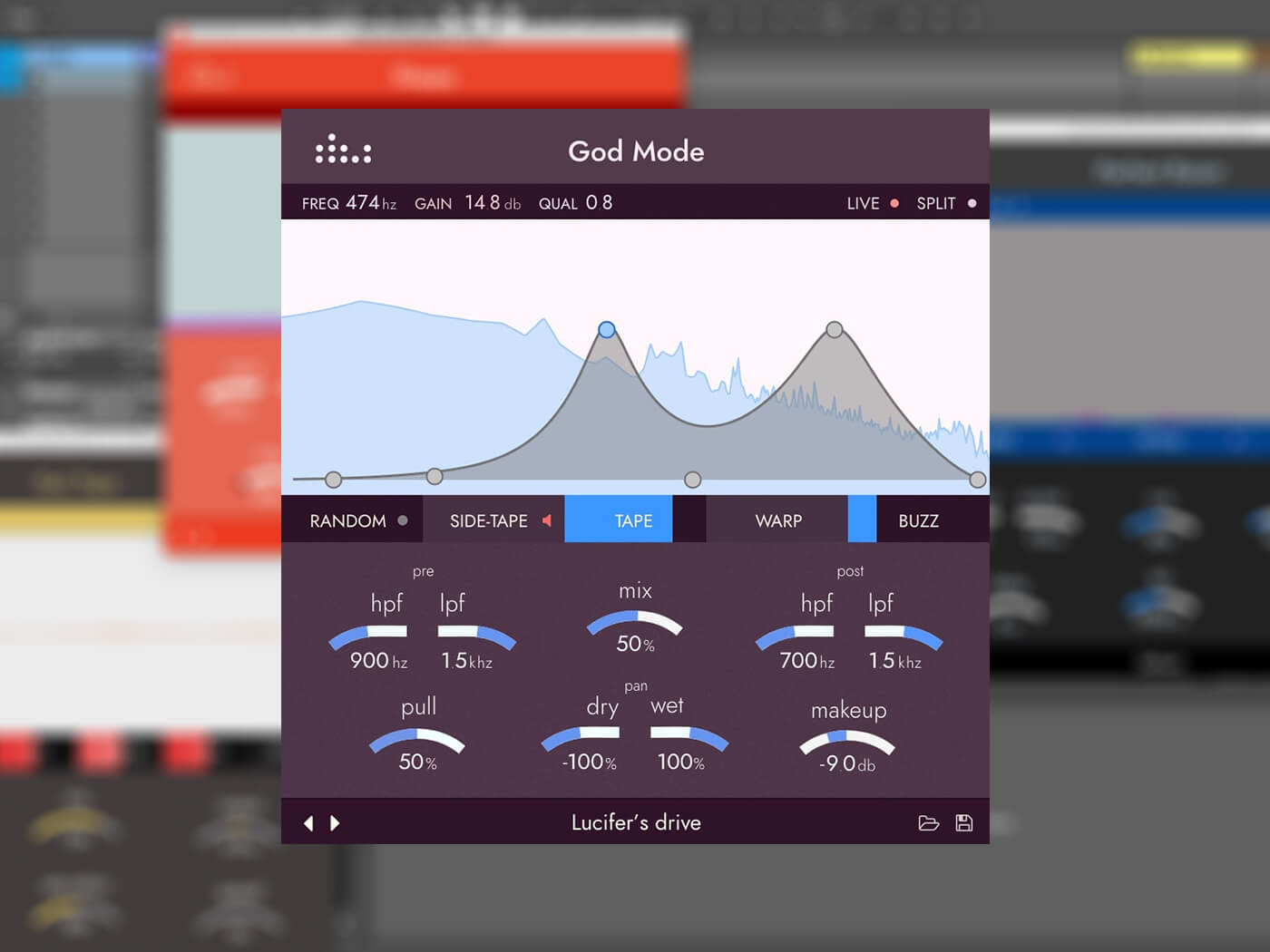
Price £55
Contact Denise Audio
The market is rife with tube, warmth, drive and fuzz plug-ins. New additions are nothing to get excited about, right? It’s not quite so simple. We welcome novel variants with open arms, especially if they have something new to offer. Here, Berlin’s Denise Audio, makers of other such products as Bad Tape (reel-to-reel gone wrong), Perfect Room (reverb) and Slappy (slapback delay), has created something worthy of worship.
This all-powerful 64-bit drive plug-in is modelled on the historic 1950s Pultec tube EQ, and invites some serious consideration.
Heavenly host
We begin by launching Ableton Live 10 on macOS Catalina and loading Live’s Session Dry kit, always a good place to start when testing plug-ins like this one. We then drop the AU version of God Mode into the same track. The plug-in’s user interface is clean and simple, and the 22 factory presets make it easy to get a brisk handle on how it sounds. The top controls allow you to enter numeric values for the selected filter node’s frequency, gain, and qual (resonance). The Live button switches between linear phase (supposedly more transparent but increasing latency) and regular filters, which are more responsive for real-time performance and recording, while the Split button hard-pans the left and right channels of the wet signal for further processing options.
The white central panel represents the values of up to six filter nodes, so you can adjust settings with the numerical values mentioned earlier or by clicking and dragging each node. Below, there’s a Random button, which shuffles the settings. There’s also Side-Tape, which allows a sidechain input to trigger tape noise. The Tape menu lets you dial in the amount of tape saturation you desire – and this is a big part of what God Mode has to offer. Denise has incorporated its own Tape Analog VM algorithm, based on its more destructive Bad Tape plug-in, and it fits miraculously into the God Mode canon, capable of creating everything from pleasant smoothing to far edgier and more challenging noise.
God Mode’s faithful tape-simulation features shouldn’t be written off. The sidechaining introduces new ways to apply this fantastic effect too – and this kind of adaptability is a theme that runs throughout the plug-in.
Warp and Buzz dial in two other types of drive, affecting the amplitude and wave shapes of the signal, respectively. The rest of God Mode’s controls are managed via small sliders, beginning with high- and low-pass filters for incoming audio (20Hz to 20kHz), an overall dry/wet mix control, and high- and low-pass filters for the output. The Pull control is reflected in the shaded grey area on the central graph; as you move it, the grey element increases or decreases in level. Here, the nodes are used to boost certain frequencies, pushing them into drive, while at the same time the Pull control reduces the gain of the same frequencies, levelling everything out while maintaining the sonic characteristics of the boosted signal.
This is how the original Pultec EQ worked too – when it was used ‘incorrectly’ and frequencies were boosted and cut simultaneously. God Mode’s pan control allows the dry/wet signals to be panned separately left and right or vice versa, along with the more typical global dry/wet mixing operation. Finally, the make-up slider adjusts the final output volume. Double-clicking resets any control to its default value.
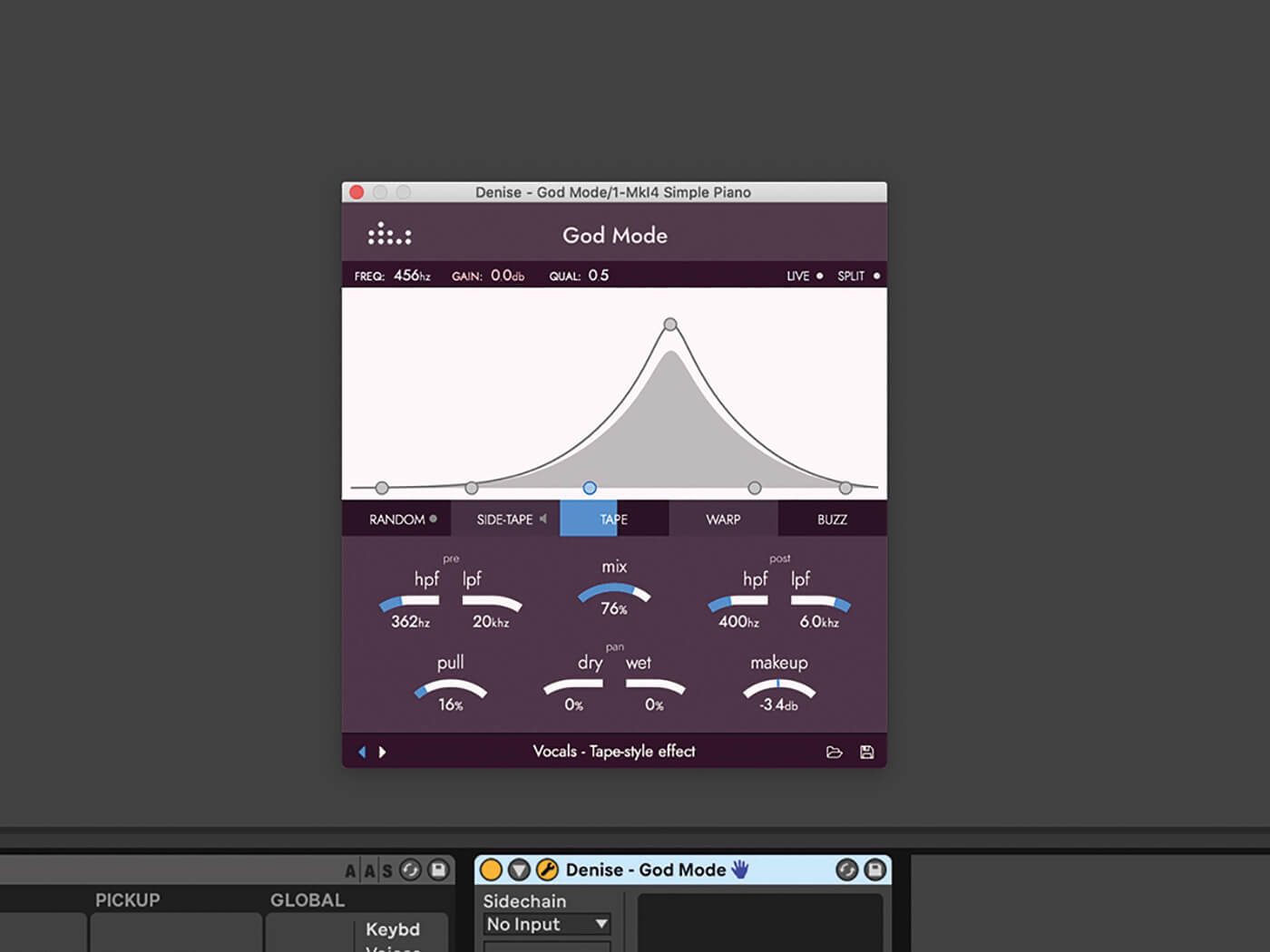
Sacred sounds
As you’d expect from a plug-in with as lofty a title as God Mode, this is a versatile, nigh-omniscient product for any and all materials. With beats, for example, you can isolate tight frequency bands and boost them before using Pull to rein them in so that they still sound boosted but don’t stick out like a monk with a mohawk. Juggle the three distortion types and you’ll be granted access to a whole host of available tones, ranging from almost imperceptibly distorted to completely smashed and broken. We tend to set the drives quite high and use the mix control to draw them back.
It’s a technique that works well with sidechaining. In fact, any type of movement makes this more interesting, whether it comes from another track, automation, or a Max for Live LFO. With steady 8th-note bass guitar parts, for example, panning the dry/wet singles sounds fantastic and provides a more produced feel. You can then use Pull to blend the driven tones, and the HPF to specify the amount of higher processed frequencies.
Consider this for a clear example of God Mode’s power: we dig out a vocal track we’d spent a lot of time mixing, using a combination of EQ and distortion. It took us a while to get the sound we wanted. A quick application of God Mode to the original track, to our pleasure and dismay, makes it sound remarkably close to the version we’d devoted a lot of time to fine-tuning.
The German team’s plug-in also has its uses when it comes to virtual guitar amp and cabinet rigs. It can also spice up electric pianos, and take them from mellow to wild. If you have any interest at all in adding crunch to your keyboard patches, you’ll find this a beatific little helper. Unfortunately, we have little success using it for master tracks but, of course, end results are subjective. God Mode may well serve your master tracks superbly. It is undoubtedly capable of finely tuned frequency distortion, as well as big-picture noise creation.
Divine direct line
God Mode doesn’t do MIDI learn but if you’re using Ableton Live, fixing this is simply a matter of using the Unfold Device Parameters button and manually assigning it to any regular controller. Something like Ableton Push or Akai’s Force will do the job without the need for manual MIDI mapping too. Force was able to access all of God Mode’s controls across a number of banks, using the touch display or the eight knobs below it. This is how it works with Push too.
So, despite the market indeed being packed with distortion plug-ins, there’s never quite enough of them. God Mode corrals push-pull control, tape simulation and signal splitting in one saintly package. It’s a combination that will prove interesting and fruitful for a wide range of users. We’re obliged to mention, however, that we experienced a few CPU spikes maxing out at more than 100 per cent, which caused audio glitching, when we moved the Pull control while tracks were playing.
This was in a project with only one instrument and nothing else loaded. Other than that, the minimal interface almost undersells God Mode. While the factory presets aren’t particularly impressive, you’ll find it comes into its own much more once you start experimenting with it. Praise be.
Do I really need this?
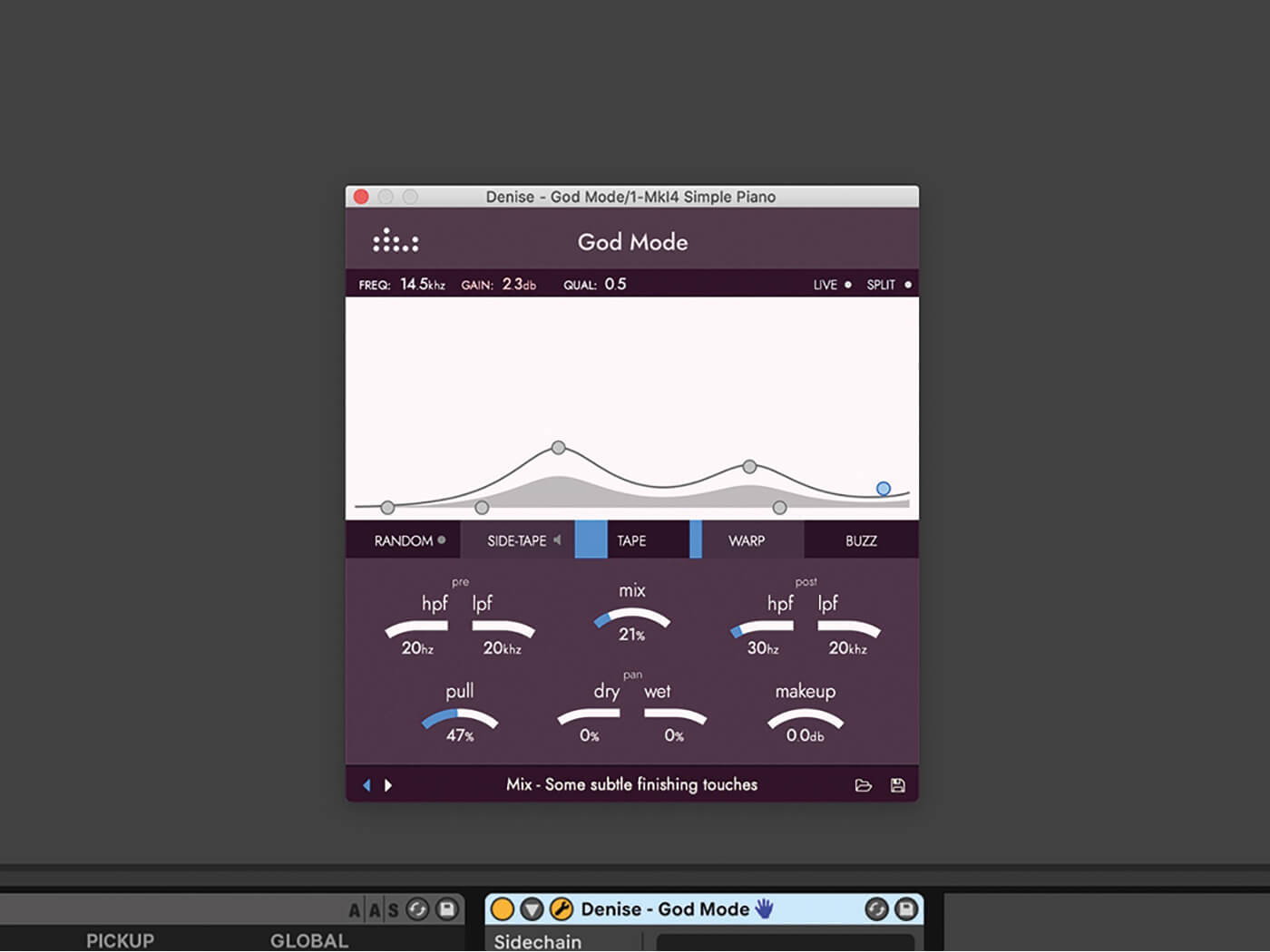
Saturation fiends are always on the hunt for new forms. Even for those who don’t necessarily consider themselves huge fans of the effect, it’s still useful to have more varieties of this plug-in to hand. With its combination of 1950s Pultec EQ push/pull and tape emulation, God Mode is unique.
We’re admirers of that sound, and find that it’s necessary to have a few on tap for different situations, as no single plug-in can do it all. Denise’s routing options and the ease with which dry and wet signals can be separated and panned within the plug-in, make a huge difference to its usability, and sidechaining adds yet another dimension to this seraphic effect. God Mode could be put to work in any production environment within any genre.
Key features
- Pultec EQ-style push-pull boost/cut principles
- Three types of drive: tape, warp, buzz
- Ability to pan dry/wet signals independently
- Versatile drive, distortion and saturation machine
- Can generate random combinations of settings
- Available for macOS and Windows, as AU, VST, VST3, and AAX
Alternatives
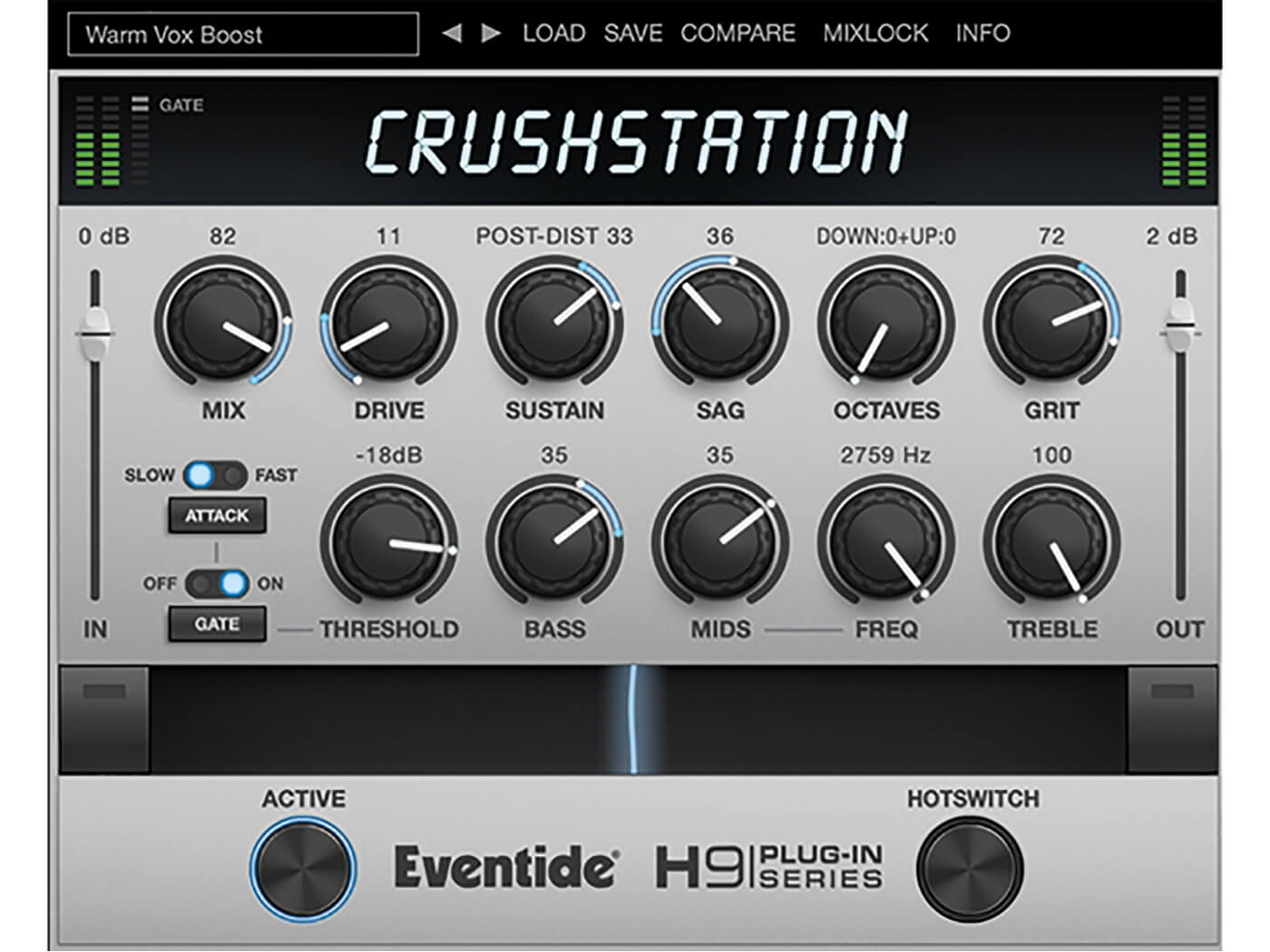
This stereo-distortion effect boasts the kind of quality typical of the brilliant Eventide but also adds EQ, compression and an octaver. It’s particularly beefy on guitars.
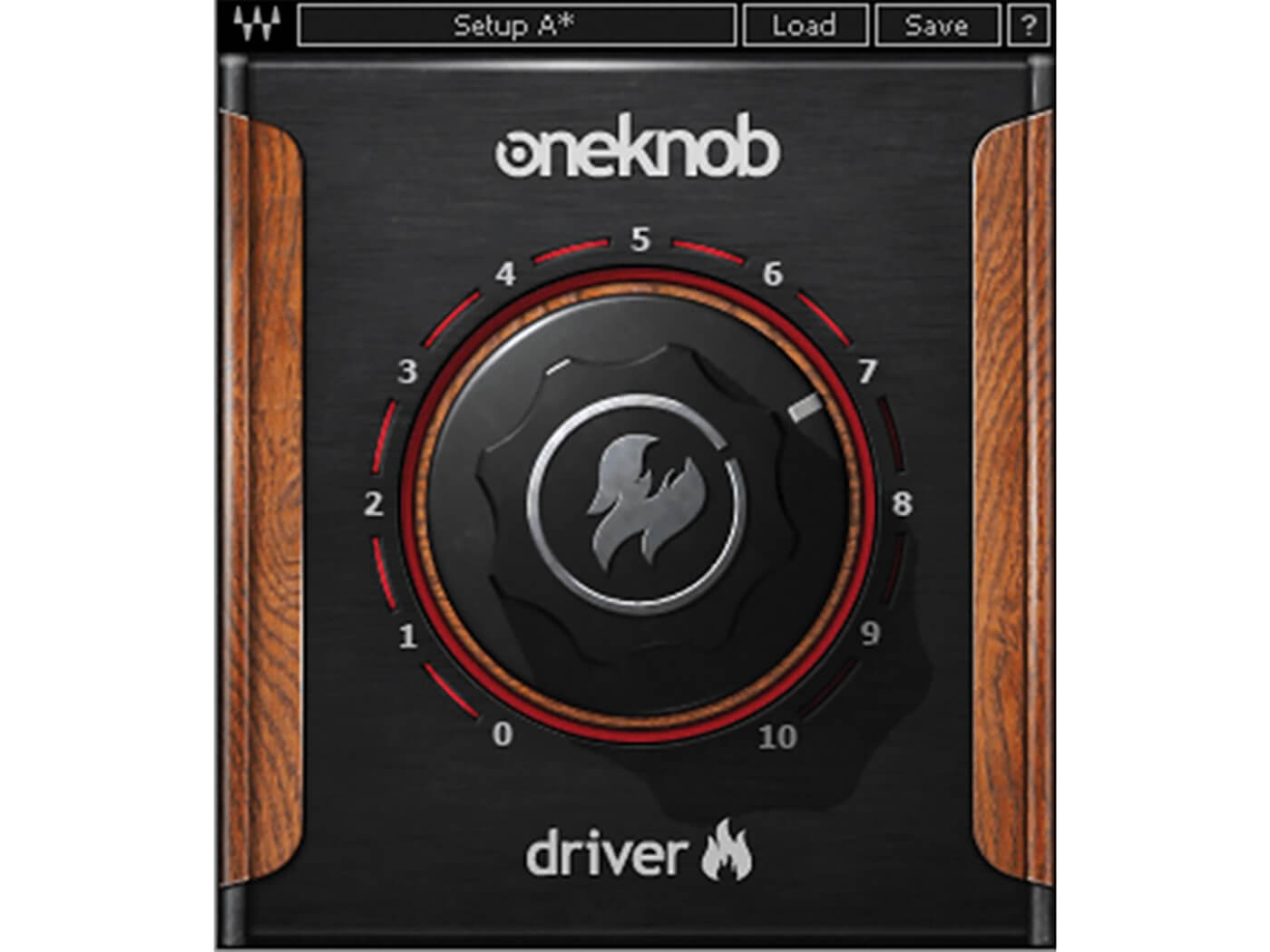
The admirably no-frills OneKnob effects plug-ins literally use one knob each. Its drive effect seems aimed at emulating guitar-pedal distortion but that doesn’t stop us using it on other sounds.